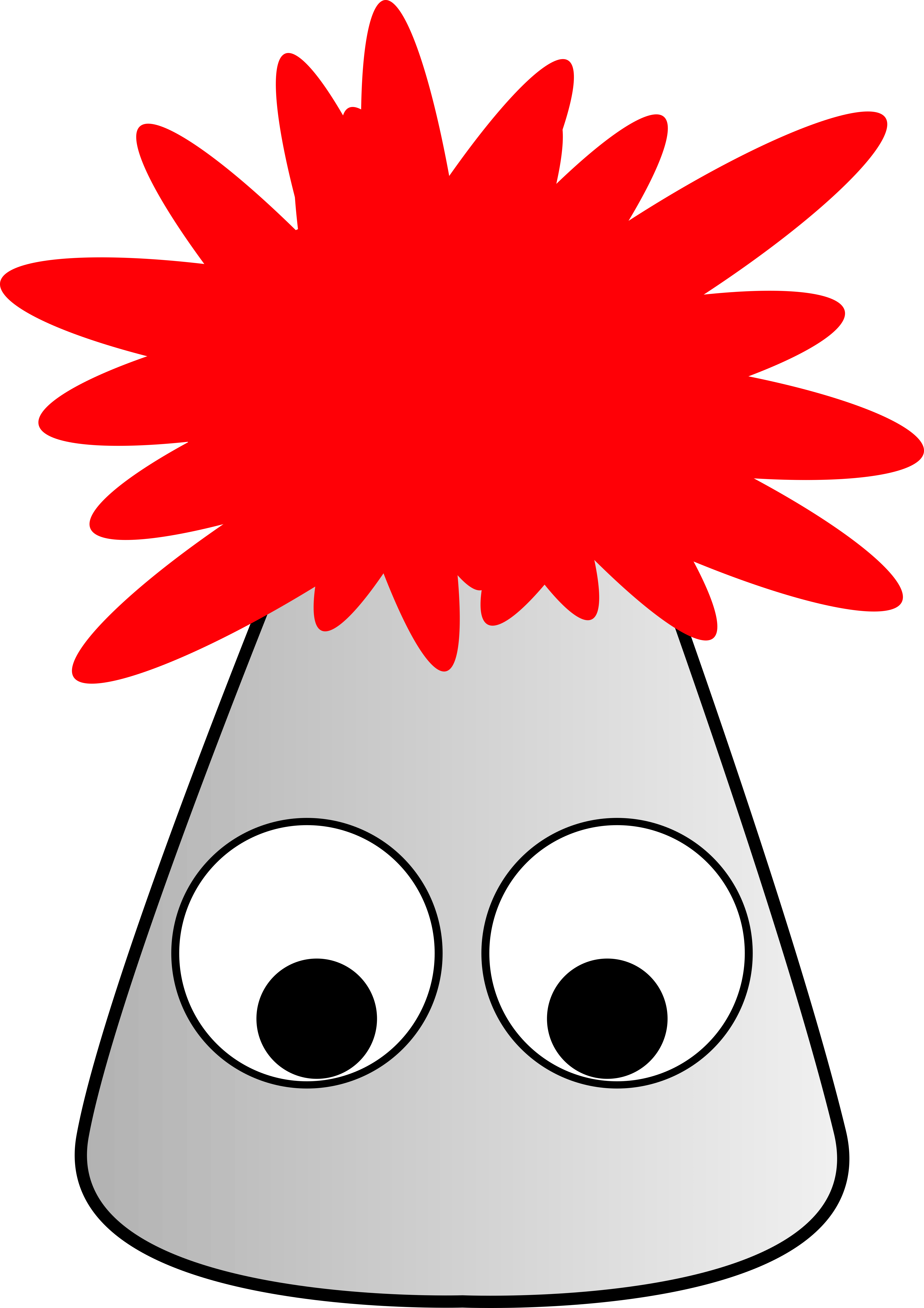 Reading Notes for Chapter 14
Reading Notes for Chapter 14 Reading Notes for Chapter 14
Reading Notes for Chapter 14When naming alcohols, replace the final "e" in the name of the alkane with "ol". Methane becomes methanol, ethane becomes ethanol. For longest-continuous-chain alcohols longer than ethanol, the position of the "-OH" group should be designated with a number. Number the chain such that the position of the "-OH" has the lowest possible number; for example, "2-butanol" would be the correct name for a 4-carbon alcohol with the -OH on the second carbon. "3-butanol" is not a correct name because the chain is numbered starting at the wrong end of the longest continuous chain.
For alcohols with more than one -OH group, numerical prefixes corresponding to the number of alcohol functional groups are used ("-diol", "-triol", etc).
Alcohols can also be classified by the number of carbon atoms connected to the carbon atom bearing the -OH. A "primary" alcohol has only 1 carbon attached to the -OH bearing carbon (ethanol, 1-pentanol). A "secondary" alcohol has 2 carbons attached to the -OH bearing carbon (2-propanol, 3-octanol). A "tertiary" alcohol has 3 carbons attached to the -OH bearing carbon (2-methyl-2-propanol, 3-methyl-3-pentanol).
The polar -OH group of an alcohol can participate in hydrogen bonding, both between alcohol molecules and with water molecules. This hydrogen bonding means that alcohols have stronger intermolecular forces than their parent alkanes, so their melting and boiling points are higher than the parent alkanes. A homologous series of alcohols (methanol, ethanol, 1-propanol, 1-butanol, etc) also exhibits a systematic trend in their melting and boiling points.
Alcohols can be formed by a variety of reactions. The simplest chemical reaction to form alcohols is the addition of a water molecule across the double bond of an alkene. Alcohols can also be biochemically produced by the fermentation of sugars.
Alcohols can undergo a variety of reactions that modify their functionality. The three most common reactions of alcohols are:
Phenols are alcohols where the -OH is attached to an aromatic ring. Because of the unique electronic structure of aromatic rings, phenolic alcohols can behave differently than typical aliphatic (not aromatic) alcohols. Phenols are extremely important functional groups in biological systems.
Organic compounds that contain a carbonyl group (car-bo-NEEL) can be formed by partial oxidation of alcohols. If the carbonyl is at the end of a chain (from oxidation of a primary alcohol), the molecule is called an aldehyde. If the carbonyl is in the middle of a chain (from oxidation of a secondary alcohol), the molecule is called a ketone.
Aldehydes and ketones are named in a similar manner as alcohols. Starting with the longest continuous carbon chain name, aldehydes are named by replacing the final "e" of the parent alkane name with "-al". The carbon of the aldehyde group is always considered to be carbon number 1 when numbering the carbon chain of an aldehyde. Ketones are named by replacing the final "e" of the parent alkane with "-one". When necessary, the position of the ketone functional group is designated by a number.
Carbonyl groups are quite polar and therefore can be quite reactive. Carbonyl groups are sufficiently polar that aldehydes and ketones can exhibit dipole-dipole interactions strong enough to increase their melting points and boiling points compared to their parent alkane compounds.
Aldehydes are readily oxidized to form carboxylic acids. Because ketones do not have a hydrogen on the carbon atom, ketones are resistant to oxidation.
Although this chapter is about oxygen-containing compounds, it is worth mentioning sulfur-containing compounds here as well. Most oxygen-containing organic compounds have sulfur-containing analogs whose names often contain "thio"; for example, a "-SH" group is called a "thiol" and follows the same naming conventions as oxygen-containing alcohols. These sulfur-containing compounds undergo similar reactions to their oxygen containing counterparts, although they can be more or less reactive depending upon conditions.
